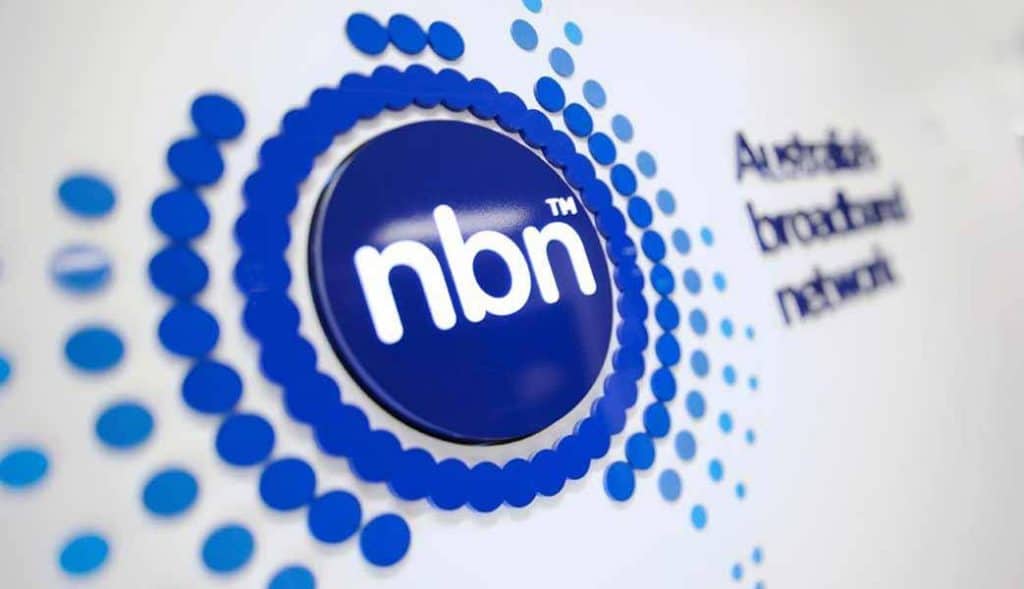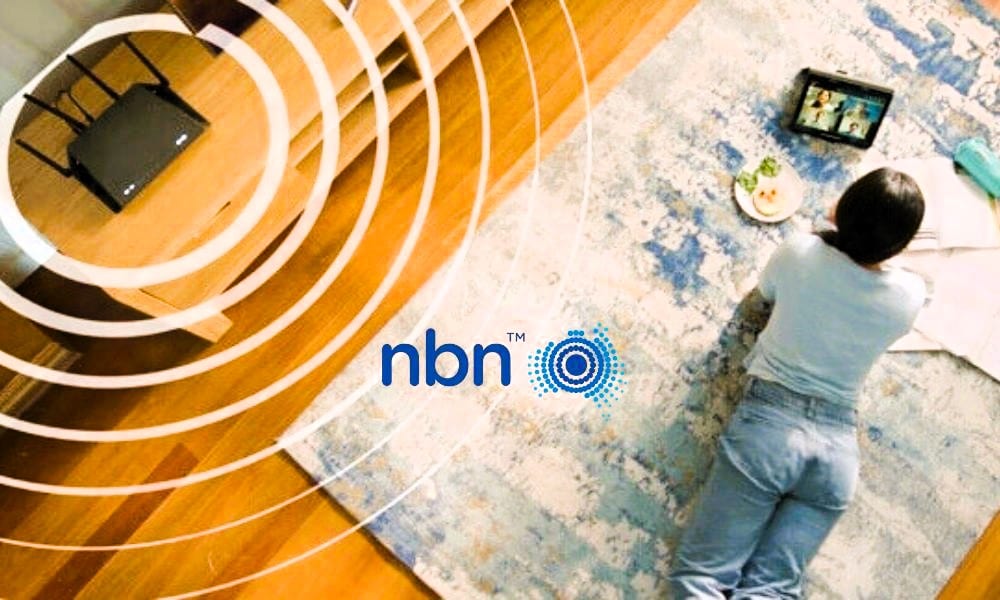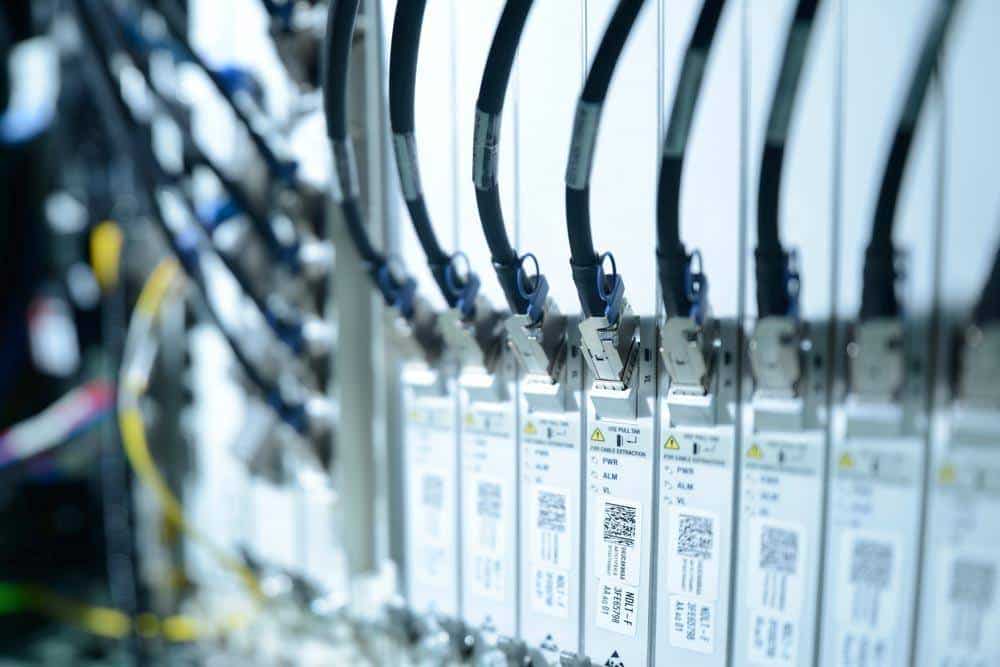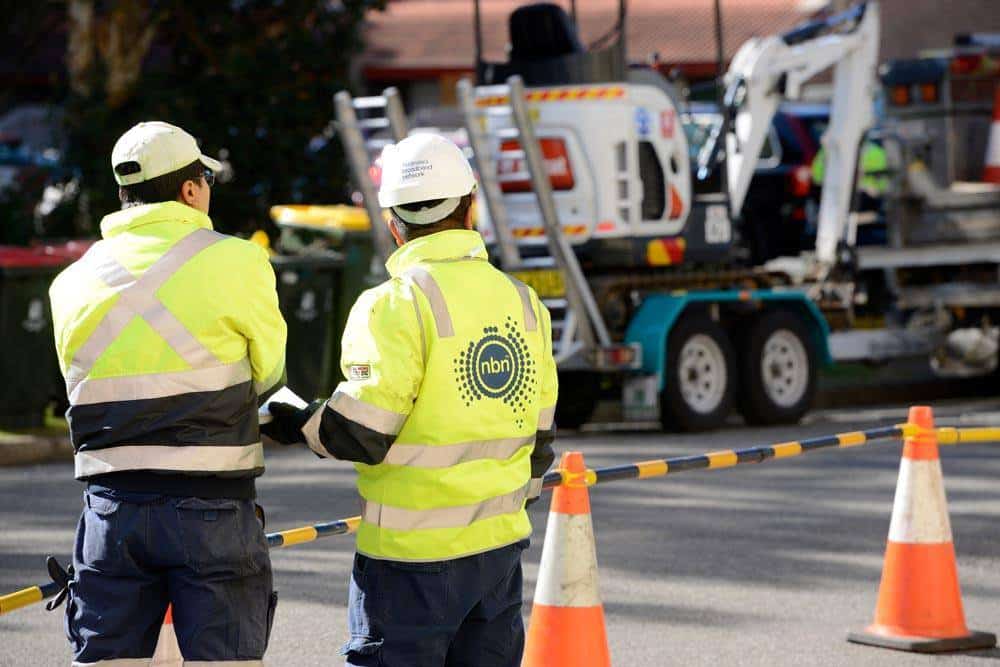
On this page
The National Broadband Network (nbn) is a project by the Australian government to replace the existing copper-based telecommunications network with a high-speed fibre optic network. A new satellite network would also serve a small fraction of Australians living in extremely remote areas. The nbn is designed to provide all Australians with fast, reliable broadband internet access.
What is NBN Co?
NBN Co, a government-for-business use company, owns, builds, operates, and maintains the nbn. They are in charge of rolling out the infrastructure that allows Australia’s National Broadband Network (nbn) to function.
The nbn is managed by NBN Co, a wholesaler, which means you don’t buy internet services directly from them. And customers rarely engage with them directly, despite the fact that they oversee all of the nbn infrastructure.
Instead, NBN Co collaborates with nbn providers such as telcos like Optus, Tangerine, Aussie Broadband and Goodtel to provide you with the best internet plan for your needs and various amazing entertainment options. nbn providers manage connecting to the nbn and, consequently, connecting to the internet and making and receiving phone calls. Because the federal government owns NBN Co, NBN Co operates under strong restrictions and procedures to ensure that everything is done correctly.
Attention, savvy consumers! Are you tired of overpaying for your internet services? Are you searching for the perfect internet plan that fits your needs without breaking the bank?
Look no further, because Energy Matters have the solution for you: Compare and Save Internet Plans – absolutely FREE! No obligation to sign up and it’s 100% free to use! Our user-friendly tool empowers you to compare a wide range of options, unlock incredible savings and transform your internet experience. Visit our website now and take the first step towards a brighter, more affordable online journey!

How does the nbn work?
Since nbn first came up in 2007, the nbn project has undergone several significant modifications, most notably the usage of a mix of technologies throughout the deployment rather than pure optical fibre.
The majority of the nbn uses optical fibre to transmit data in the form of light pulses. The change is because optical fibre can transfer data quicker and more reliably than copper wiring. The internet has become a more important service for many people, and customers are not only connecting more devices to the internet at the same time but also adopting new services and technologies that necessitate higher speeds. Copper connections and ADSL technology can only achieve a maximum potential speed of 20Mbps, though most ADSL customers know this is rarely achieved. The nbn has a maximum theoretical speed of 1,000Mbps, depending on the connection technology utilised in homes and businesses.
Different nbn providers provide different types of nbn plans, so you should always start by comparing plans and selecting one that best meets your demands, including the speed of your connection. A final amount of installation will still be required for new nbn connections, but the provider will arrange for this.
Similarly, once connected to the nbn, any service disruptions must be addressed with your nbn provider, not NBN Co. Before filing a support case with your nbn provider, always check for any known outages on their Network status page.

What is Mbps?
Mbps stands for megabits per second and is a standardised method for measuring how quickly data flow across a network. More Mbps signifies a faster connection, whereas less Mbps means a slower connection.
nbn connection types
The NBN is a multi-technology mix (MTM) network, meaning various technologies are being used to connect homes and businesses to the network. The nbn technologies or connection types are:
Fixed Line (a physical line runs to the home or business)
- Fibre to the Premises (FTTP): This is the most advanced nbn technology and provides the fastest speeds. FTTP connections use fibre optic cables to connect the home or business directly to the nbn network.
- Fibre to the Node (FTTN): FTTN is the second-fastest nbn technology. FTTN connections use fibre optic cables to connect the home or business to a node, which is a small cabinet located in the street. The final connection from the node to the home or business is made using copper cables.
- Fibre to the Curb (FTTC): This is a slower nbn technology than FTTN. FTTC connections use fibre optic cables to connect the home or business to a curb, which is a small box located at the edge of the property. The final connection from the curb to the home or business is made using copper cables.
- Fibre to the Building (FTTB): FTTB is a high-speed broadband connection that uses fibre optic cables to connect a building to the nbn network. FTTB is typically used in apartment blocks and other multi-dwelling units, as it offers faster speeds and greater reliability than other types of connections.
- Hybrid Fibre Coaxial (HFC): Hybrid Fibre Coaxial (HFC) is a broadband technology that combines optical fibre and coaxial cable to deliver high-speed internet to homes and businesses. HFC is widely available in Australia and can offer speeds of up to 1000Mbps download and 50Mbps upload.
Wireless or satellite technology (mainly used in rural areas)
- Fixed wireless: This nbn technology uses radio waves to connect homes and businesses to the network. Fixed wireless connections are typically available in rural and remote areas where other nbn technologies are unavailable.

- Satellite / Sky Muster: Sky Muster is a satellite nbn technology service that provides high-speed internet to rural and remote areas. It uses two geostationary satellites to deliver download speeds of up to 100Mbps and upload speeds of up to 5Mbps. The service is available in mainland Australia and Tasmania, as well as remote islands such as Norfolk Island, Christmas Island, Lord Howe Island, and the Cocos (Keeling) Islands.
How fast is the nbn?
nbn plans can be ordered in different speed tiers. Below is a nbn speed tier table with all nbn plans and their maximum speed:
nbn PLANS | BEST FOR | MAXIMUM SPEED | AVG SPEED |
nbn 12 (Basic I) | Lone, low internet users, basic internet browsing, checking email, streaming music, social media | 12Mbps | 10-12 Mbps |
nbn 25 (Basic II) | Budget pick for 1-2 people, HD streaming, online gaming | 25Mbps | 19-25 Mbps |
nbn 50 (Standard) | Great all-rounder for 2-4 people, 4K streaming, multiple devices | 50Mbps | 42-50 Mbps |
nbn 100 (Fast) | Internet lovers and big households, Ultra HD streaming, large file downloads | 100Mbps | 90-100 Mbps |
nbn 250 (Superfast) | Got the need for speed, multiple 4K streams, simultaneous gaming | 250Mbps | 200-230 Mbps |
nbn 1000 (Ultrafast) | Fastest you can get if you can get it, ideal for businesses and heavy internet use | 1000Mbps | 200-700 Mbps |
nbn plans can be ordered in different speed tiers. Below is a nbn speed tier table with all nbn plans and their maximum speed:The speeds listed in the table above are the maximum available on these plans. However, the actual speeds you experience at home will continue to be determined by:
- The NBN plan and service provider you select.
- Congestion at peak hours (evening hours).

Which nbn speed should I get?
The nbn offers a range of speed tiers, from 12Mbps to 1000Mbps. Your best nbn speed will depend on your needs and usage habits.
If you only use the internet for basic tasks like browsing the web and checking email, then a slower speed tier like nbn 12 or nbn 25 may be sufficient. However, if you do a lot of online streaming, gaming, or downloading large files, you’ll need a faster speed tier like nbn 100 or nbn 1000.
It’s also important to consider the number of people who will be using the internet in your household. You’ll need a faster speed tier to avoid congestion if you have a large family or live in a share house.
Finally, you should also consider the cost of nbn plans. The faster speed tiers are more expensive, so you’ll need to decide how much you’re willing to spend on your internet connection.

Is my house connected to the nbn?
If your current home is in the area during the transition, you may be told by your Internet provider to make the switch. If you still need clarification, contact your NBN provider and enquire.
Otherwise, you can use the NBN Co rollout map website to check if your house is connected to the nbn. Simply enter your address in the map, and it will show you the nbn connection type available at your address. Once you have checked if your house is connected to the nbn, you can start shopping for an nbn plan. Energy Matters can help you find the best nbn plan for your needs. Simply enter your address into our Compare and Save Internet Plans comparison tool, and it will show you a list of the best broadband plans available in your area.
There are a number of different nbn providers available, so you should be able to find a plan that suits your needs and budget.

Installation and set-up cost
Australia’s national broadband network is free to have installed in your home. However, a one-time charge may be $300 if you live in a new development. This charge covers the cost of installing the nbn equipment in your area.
Here are some additional details about nbn installation and set-up costs:
- The $300 new development fee applies only if your home was built after 1 April 2016.
- The nbn is not available in all areas of Australia. You can check the nbn rollout map website to see if your home is eligible.
- The cost of your monthly plan will also depend on the type of nbn connection you have.
Switching to a better energy plan?
You may already have an energy plan but want more power or to shop for a better deal.
Energy Matters’ “Free Energy Bill Comparator” is a cutting-edge energy bill tool that allows you to compare your area’s most competitive retail offers. We collect the data from our wide range of trusted retailers, allowing you to decide about changing your plan.
If your goal is to get more electricity and minimise the cost of your gas and electricity bills, switch to a better plan now!







































